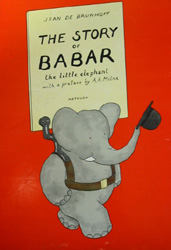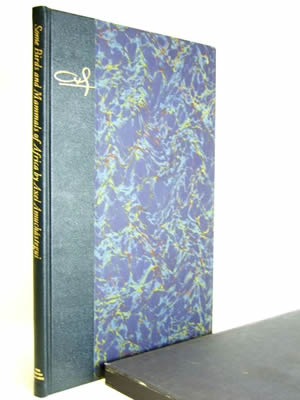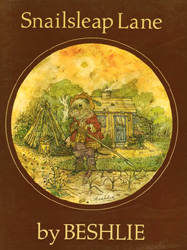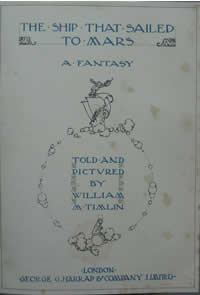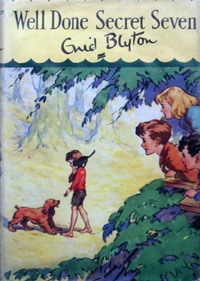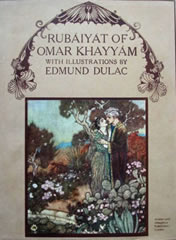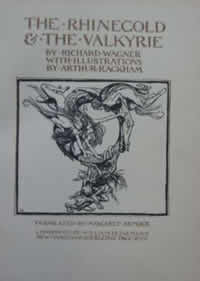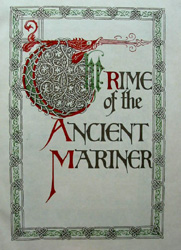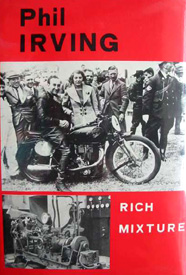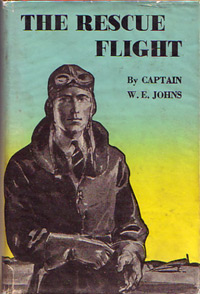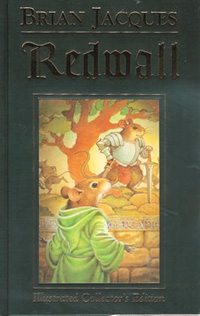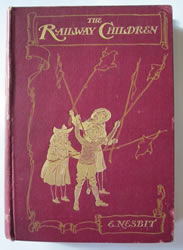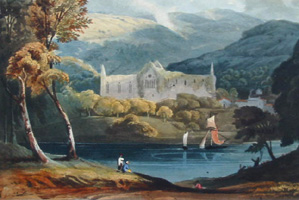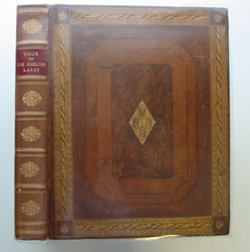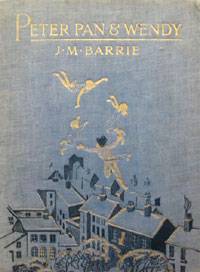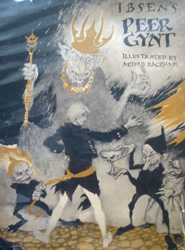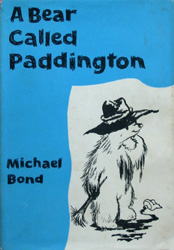The Story of Babar The Little Elephant by Jean De Brunhoff
View current stock of Babar books
I remember watching some Babar cartoons on the television when I was young but had never read the books before, so when a copy of "The Story of Babar" came into stock I was so intrigued I decided to have a quick read!
If you know the Babar books then you will appreciate the wonderful colour illustrations that are throughout each book. They may even tell the story better than the words do! Another charming touch is the text which is produced in script so the books look as though they are hand-written.


